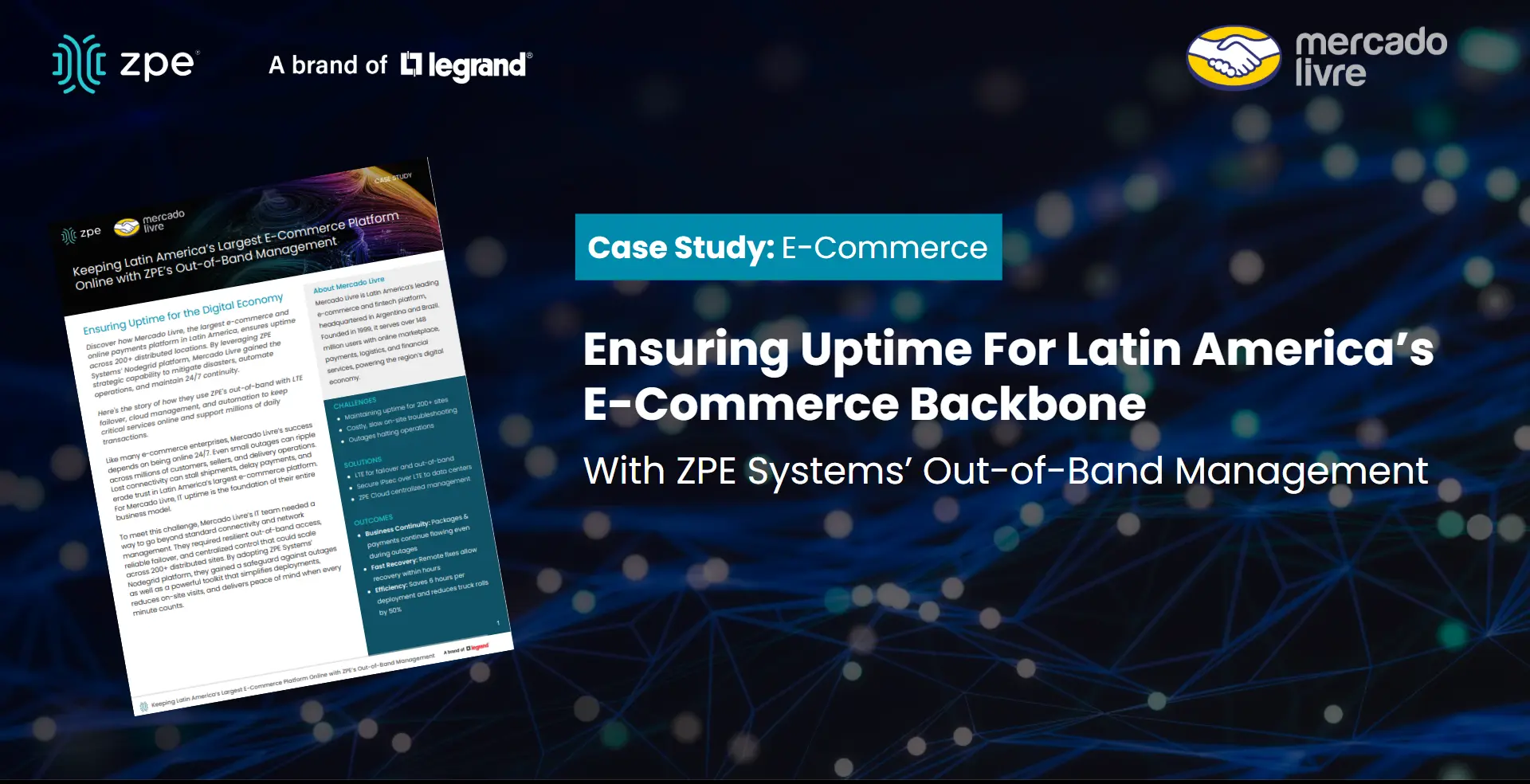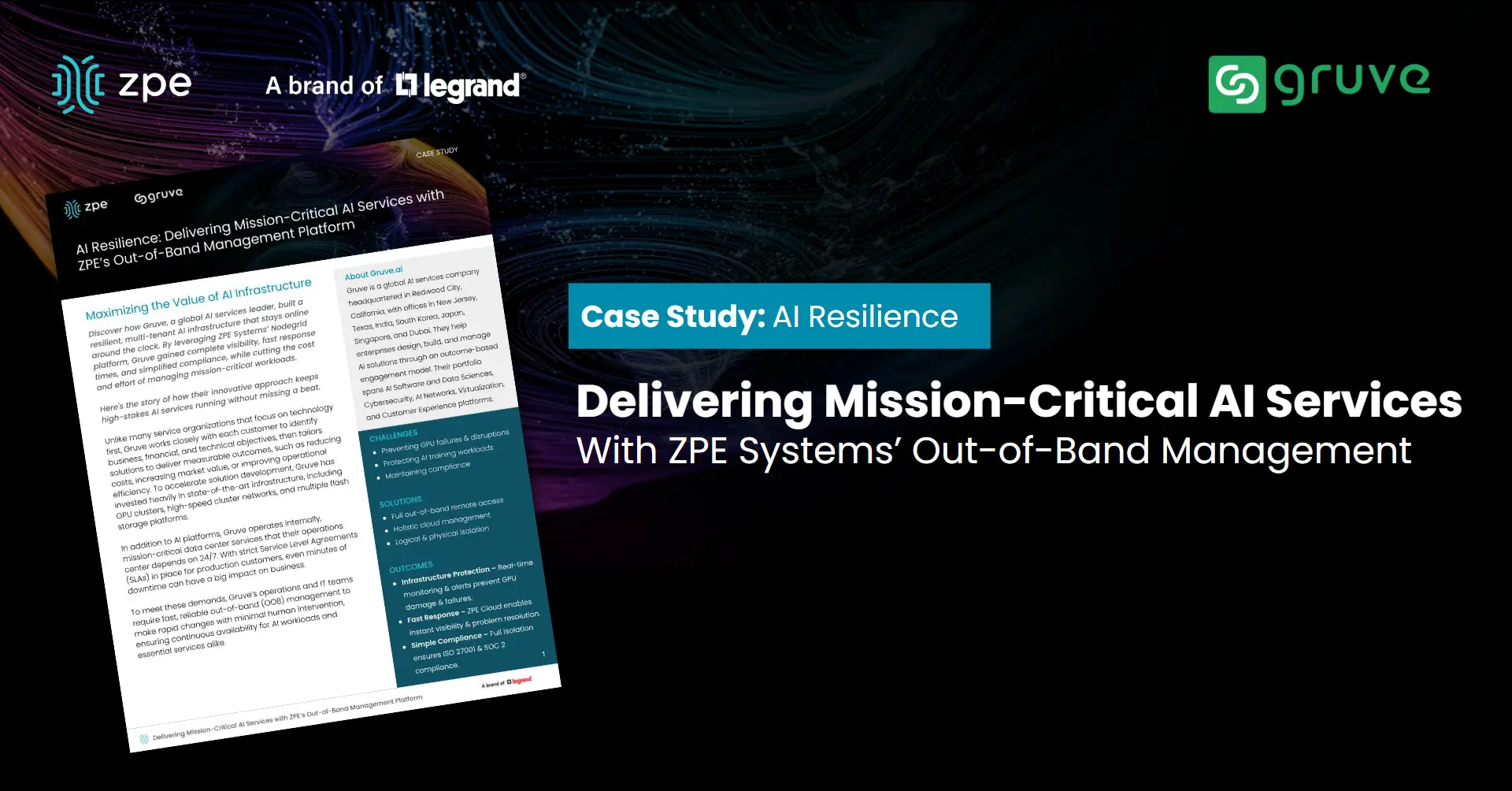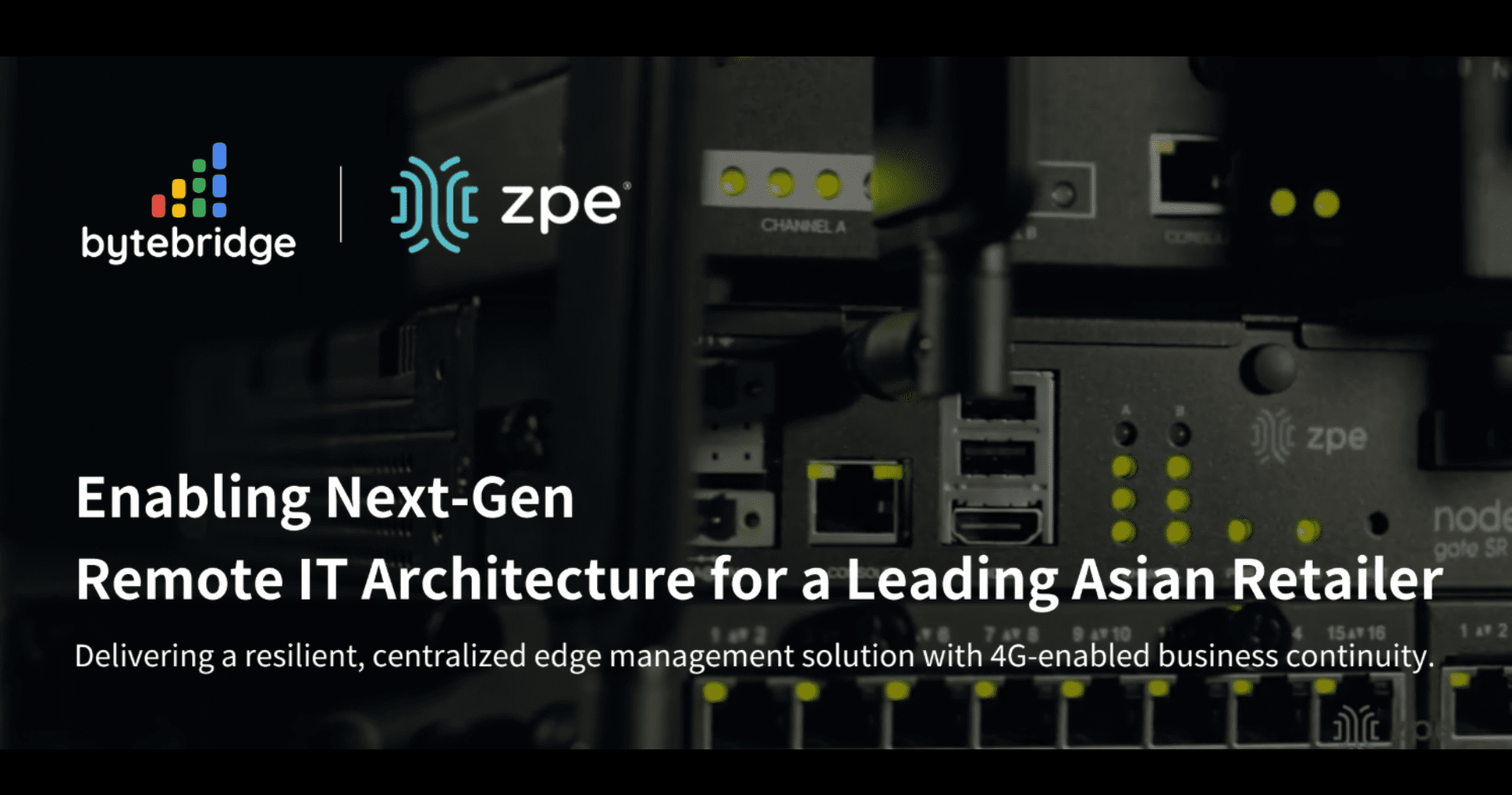Mercado Livre & ZPE: Ensuring Uptime for Latin America’s E-Commerce Backbone
The challenge? Only 25% of sites have dedicated IT staff, making outages costly and time-consuming to resolve. Internet or data center link failures can bring down core applications, while misconfigurations on key devices can take up to a full day to fix. Mercado Livre needed a way to simplify management at scale, ensure business continuity, and avoid expensive on-site interventions.
By adopting ZPE Systems’ Nodegrid platform, Mercado Livre gained LTE-based out-of-band connectivity, secure failover to data centers, and centralized cloud management. The result is stronger resilience, faster recovery, and fewer truck rolls — or in other words, turning uptime into a competitive advantage for Latin America’s digital economy.
Key outcomes:
- Business Continuity: Shipments and payments keep flowing during outages
- Fast Recovery: Remote fixes prevent 24+ hour downtime
- Efficiency: Faster deployments and fewer on-site visits
“Everyone on-site was amazed. The built-in LTE automatically took over and distribution carried on like normal. The ZPE solution paid for itself with just this one outage.” – Evandro Soares Correia, Jr. – IT Admin, Mercado Livre
DOWNLOAD THE CASE STUDY IN:






